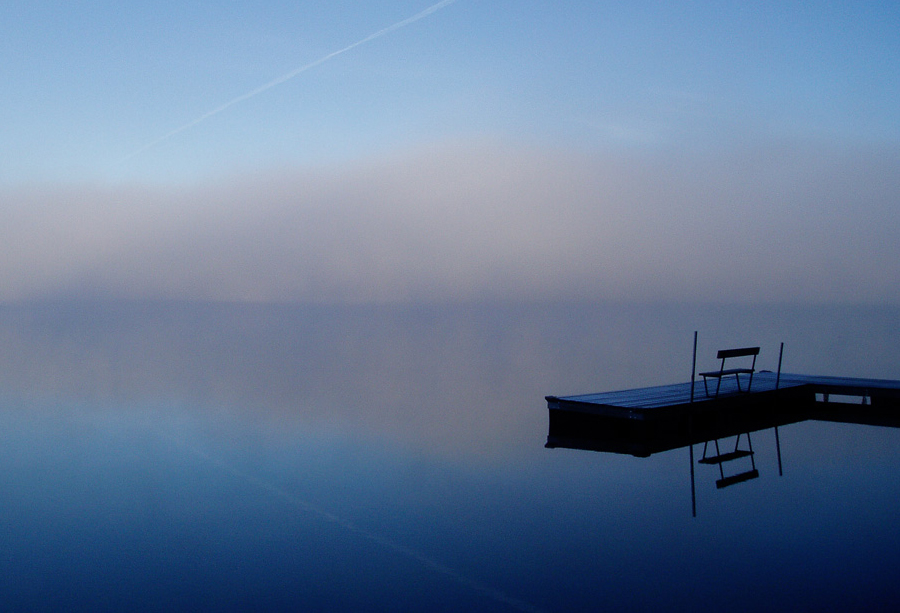
Photo credit: Tom Achtor
The recent cold weather was accompanied by interesting fog over the open water of our lakes.
Fog is essentially a ground-hugging cloud, composed of tiny liquid water droplets.
This particular fog, called a steam fog, forms when cold air drifts across relatively warm water. The lake water evaporates into the air above the lake surface. The lake must be unfrozen.
The air is cooled and moistened, causing the dew point to increase. As the dew point approaches the air temperature, condensation occurs, forming fog droplets.
The condensation further warms the air. The warmed air rises and mixes with the cold air above it, reaching saturation and causing more fog to form.
When there is a large difference in temperature between the air above the lake and the water at the surface of the lake, there will also be considerable turbulence in the air over the lake.
The combination of steam fog production, turbulence over the lake, and strong winds can create one of nature’s most awesome spectacles — steam devils.
The name was first used in 1971 after observations over Lake Michigan.
Steam devils are swirling columns of steam fog (analogous to dust devils) that look like a whirlwind of steam fog on a cold day. Steam devils can rise up to 1,500 feet above the lake.
One of the many features of living near large lakes is that they are often shrouded in a fog in the fall and early winter.
Steve Ackerman and Jonathan Martin, professors in the UW-Madison Department of Atmospheric and Oceanic Sciences, are guests on WHA radio (970 AM) at 11:45 a.m. the last Monday of each month.

